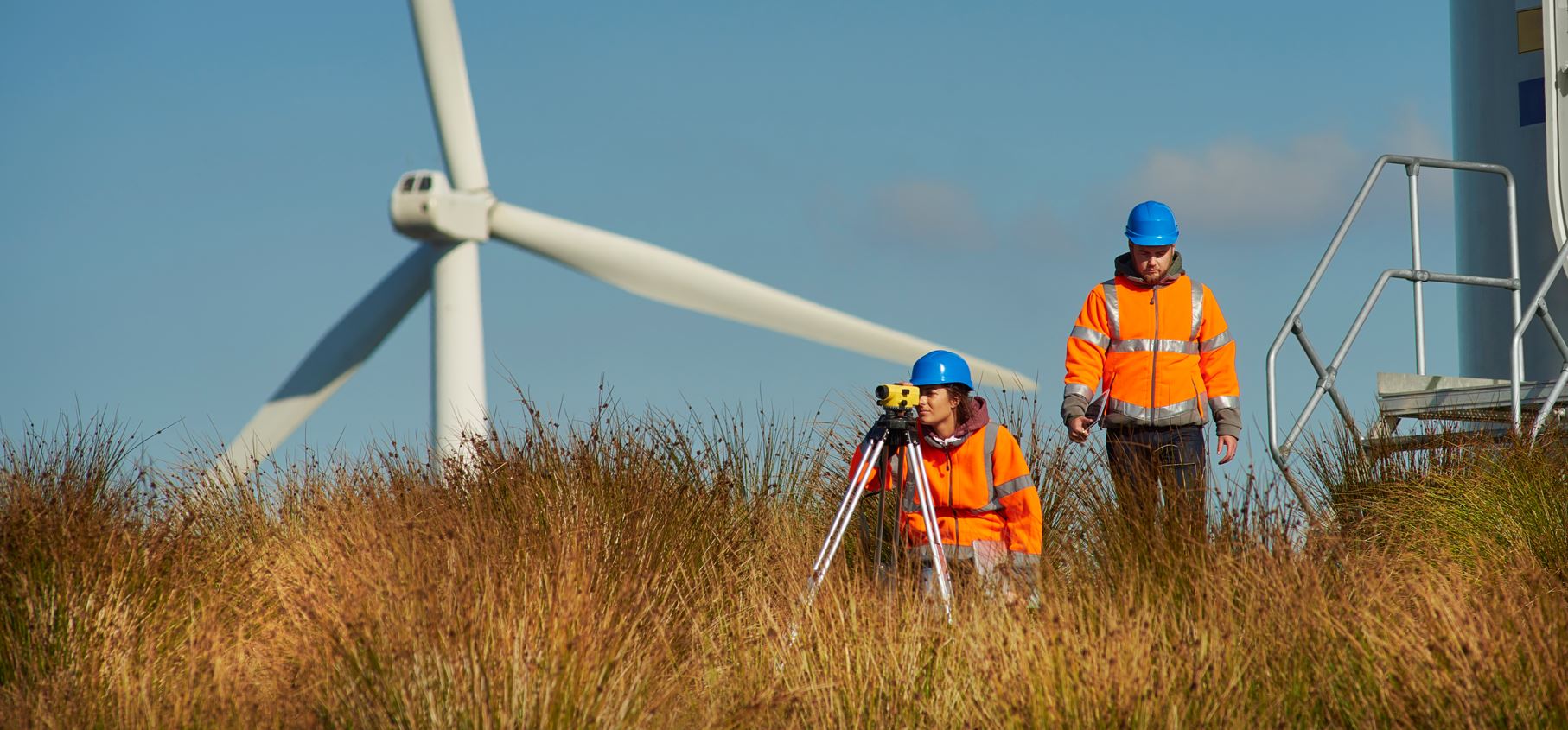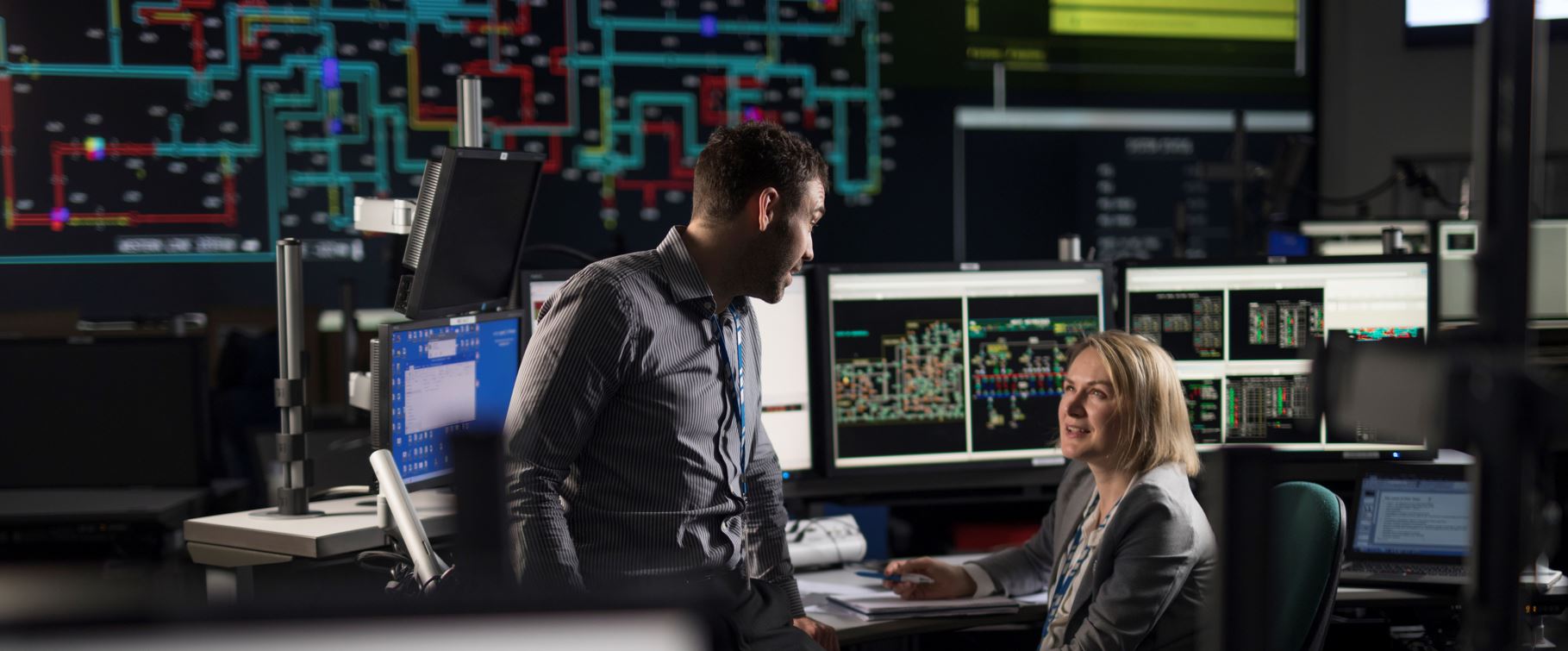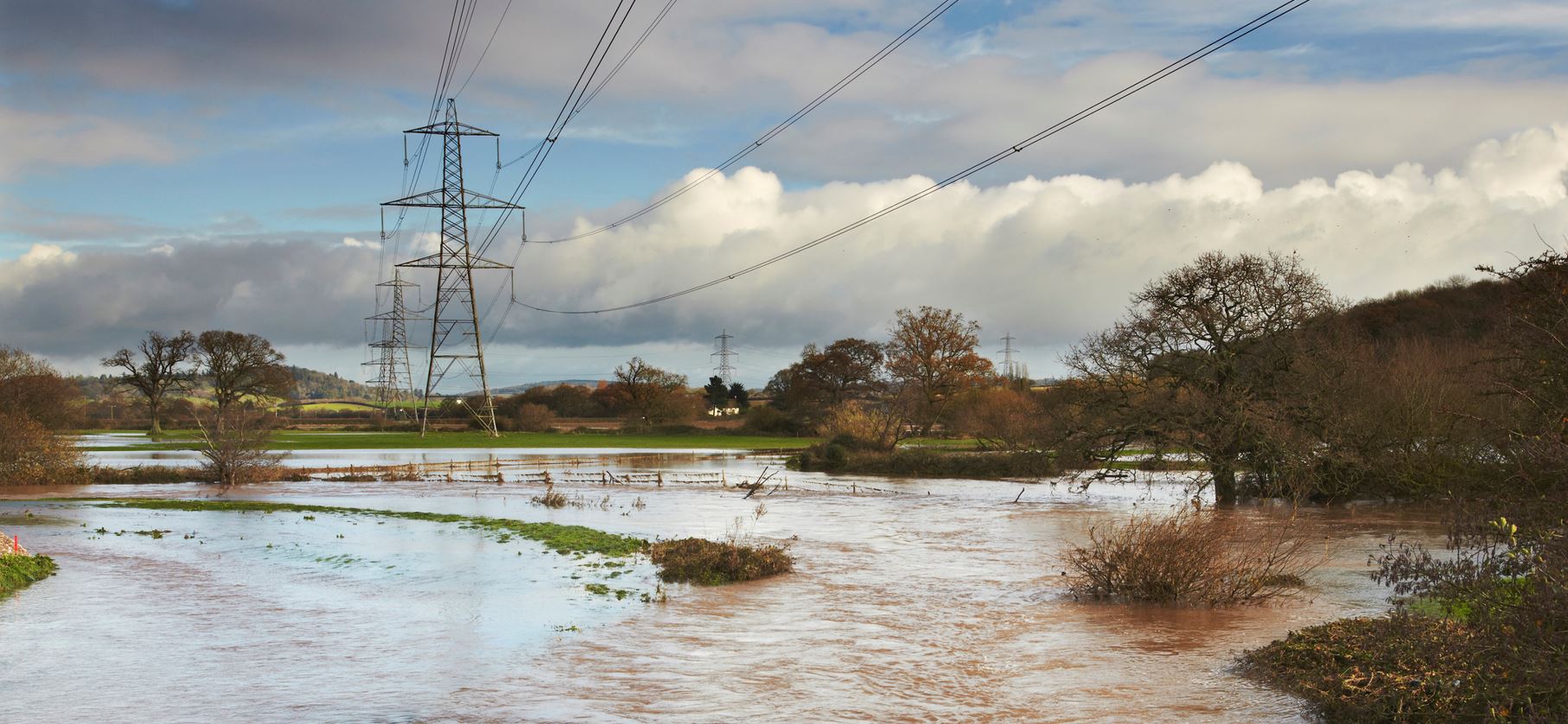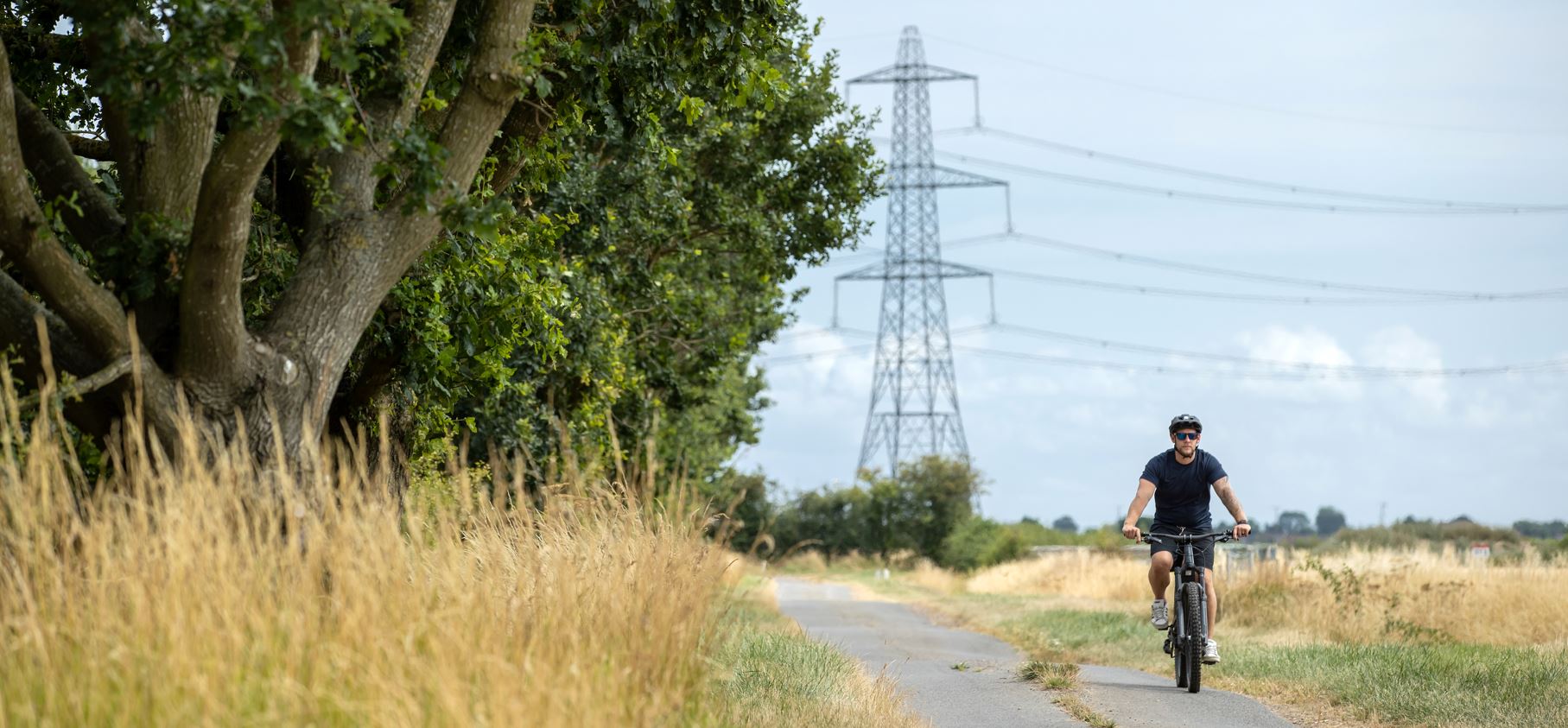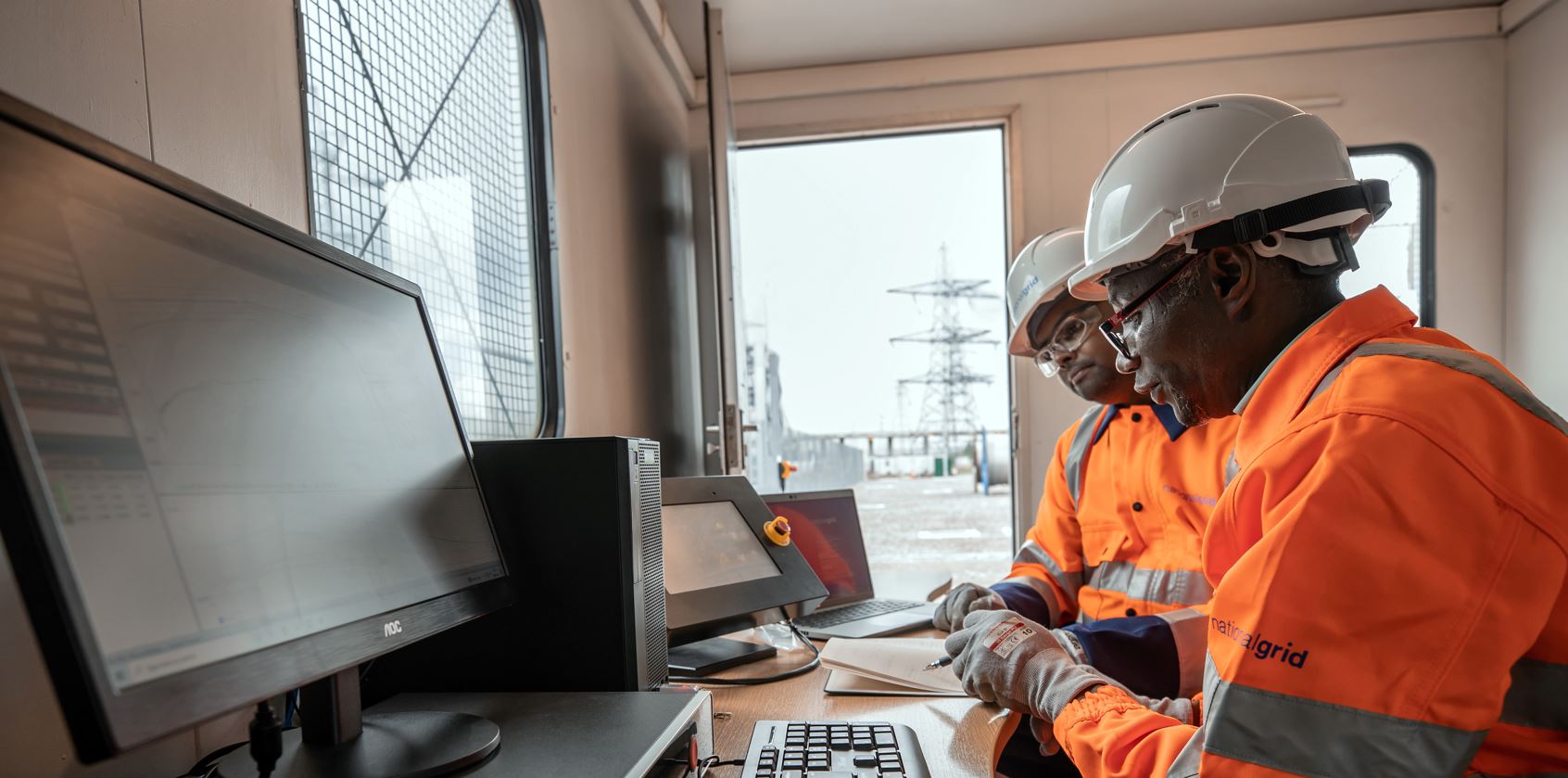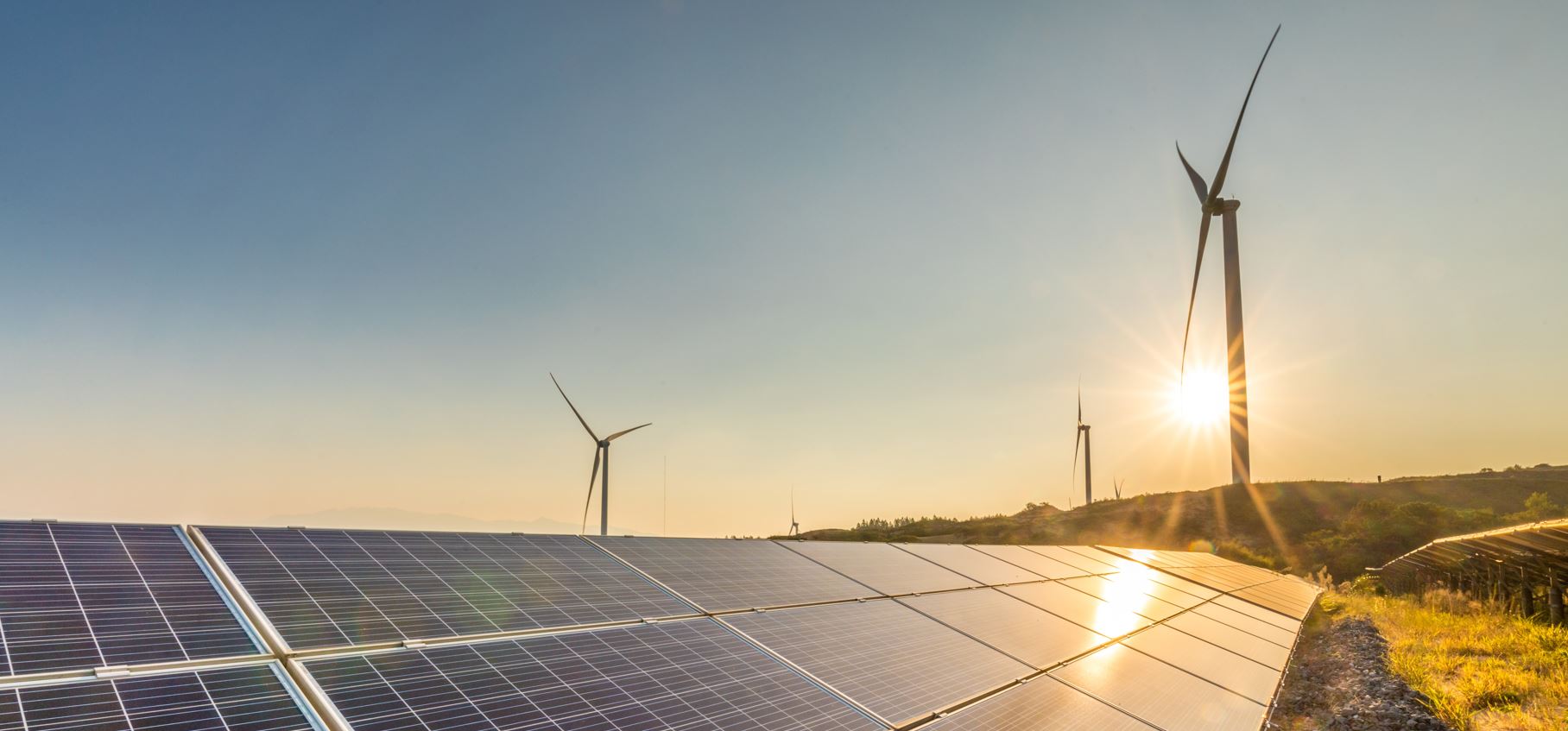
Welcome to the reporting area of our RIIO-T2 price control, period which began in April 2021 and runs through to March 2026. We are working on making it easier for you to understand the stakeholder priorities and how we doing. We’d also love to hear from you.
Our RIIO business plans were developed following our largest ever engagement exercise to date, with customers, industry stakeholders, businesses, and household bill payers across the country. You can read about our business plan here. This engagement led to our business plans where we committed to making a positive contribution to society by helping the young people of today to become the energy problem-solvers of tomorrow and tackling climate change. We built our plans based on what stakeholders said is important, and we are reporting on the progress we have made against those priorities here.
Coupled with those priorities, National Grid’s vision is to be at the heart of a clean, fair and affordable energy future, ensuring everyone benefits from the energy transition, that our part of the bill is not a burden for individuals or families, and that no one gets left behind.
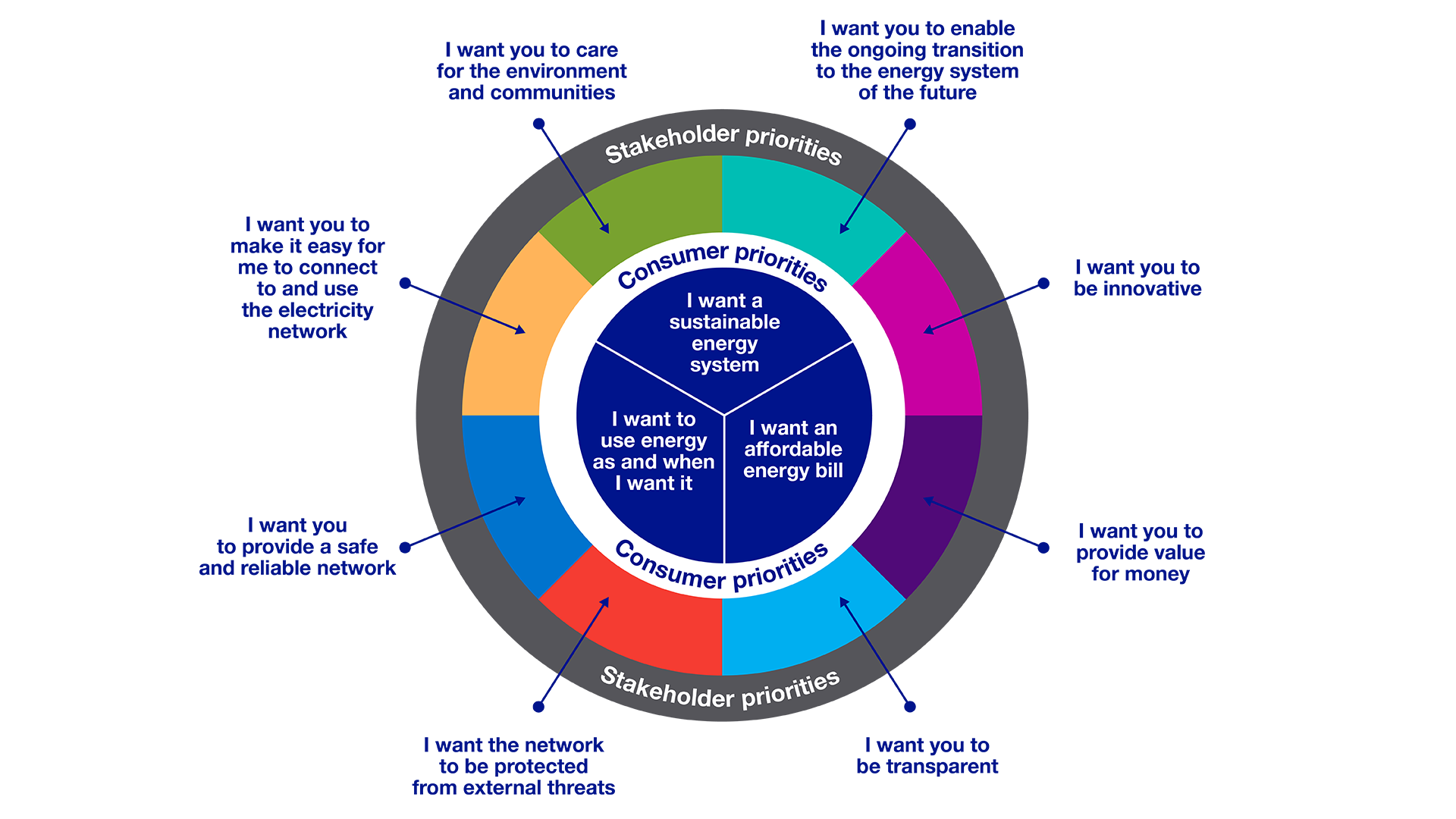
View a larger version of this image here
Annual performance

Welcome to the third reporting of our RIIO-T2 price control, period which began in April 2021 and runs through to March 2026.
Ofgem’s regulatory framework allows National Grid Electricity Transmission to earn revenue from three main sources: Incentives + Innovation + Outputs. This framework is known as RIIO. The RIIO model offers network companies incentives for innovation and securing investment, so they can develop sustainable energy networks at the lowest cost for current and future customers.
Download our Annual Performance report 2023 to 2024
RIIO-T2 built on the learning from RIIO-T1
Under this regulatory framework, we have to deliver a set of outputs that we agreed with stakeholders such as -
- meeting the needs of consumers and network users,
- maintaining a safe and reliable network and
- delivering an environmentally sustainable network
We also forecasted how much work was required to connect new customers and to maintain the assets on the electricity network as part of our business plans submitted. Through a process with Ofgem, our regulator, we agreed the volumes of work and costs associated to deliver these outputs, in return for an efficient revenue allowance that we have been set by Ofgem.
RIIO-T2 also introduced a far greater number of uncertainty mechanisms where the output (i.e. the volume or cost of works) was unclear when we submitted our RIIO-T2 business plans. These are called volume drivers and trigger additional allowances based on the type of work and the output it delivers.
There are a number of reopener windows for different investment areas, from SF6 reduction to cyber security and also mechanisms in place for agreeing costs for large onshore transmission investment (LOTI) projects. We will make cost and output submissions to Ofgem and they will decide on the efficient costs to deliver the agreed output, challenging us to find ways to deliver further consumer value
One of the principles of the RIIO framework was to align the interests of National Grid with those of consumers through the sharing of risks and benefits. In RIIO-T1 this was shared almost 50/50. These percentages have changed in this price control. In RIIO-T2 this means that, for every pound we save, 67p of the benefit is promptly passed on to end consumers through lower network charges. This ensures National Grid continues to be driven to find efficiencies to reduce costs and consumers benefit in both the short and long term.
We are encouraged to improve our work across different areas of our operations through a range of incentives agreed as part of the RIIO framework. For instance, our customers want us to improve how we work with them throughout their whole connection process and we receive rewards or penalties depending on our performance. There are additional incentives to improve our environmental performance (SF6 leakage and environmental scorecard) and the reliability of our supply to the distribution networks and other customers (Energy Not Supplied). In RIIO-T2 there is also a new incentive which rewards us for going above and beyond to help the Electricity System Operator to minimise constraint payments. This SO:TO Optimisation incentive was a trial and if it has been shown that it drives the right behaviours to benefit end consumers and is now being rolled out through the rest of RIIO-T2.
The RIIO framework provides a stimulus package to support innovation: The Network Innovation Allowance (NIA) and the Strategic Innovation Fund (SIF). Innovation is not only at the heart of the RIIO regulatory framework but also at the heart of everything that we do. There were many examples where we identified improvements because the innovation funds explored and drove benefits for consumers through innovation projects in RIIO-T1 and we continue to invest in research and development in RIIO-T2.
In some areas (like connecting customers to the electricity system) the costs incurred and outputs to be delivered over RIIO-T2 are uncertain, this is because the extent of the work involved wasn’t clear when we submitted our business plans. So, our allowances flex using an uncertainty mechanism to reflect changing customer requirements. As noted above, there are also opportunities for us to go back to Ofgem to agree the need case for and costs of new investments in certain areas.
There are fixed allowances for the maintenance and asset replacement work that is needed to continue to provide a safe and reliable electricity network (via Network Replacement Outputs), and to maintain a high level of network reliability. However, if we don’t deliver the volumes agreed at Final Determinations, there are mechanisms that will automatically reduce allowances for non-delivery of outputs.
The work we do maintains a safe and reliable electricity transmission network whilst also strengthening it to allow new customers to connect, including low carbon generation to support the UK’s move towards ‘Net Zero’. In our reporting we focus on what we have delivered in 2022/23.
Stakeholder groups
We work with independent stakeholder user and challenge groups who scrutinise our approach, making sure our business plan will achieve the right outcomes for all our stakeholders including end-consumers
Your bill explained
Find out how much of your bill goes towards the cost of running the Electricity Transmission network, and how that cost breaks down.

